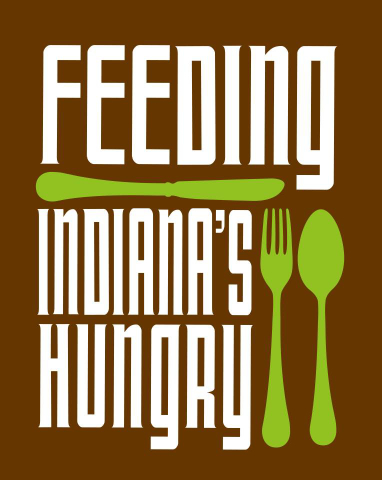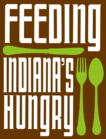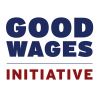New Data Underscore Need to Protect and Improve Federal Nutrition Programs
Despite an improving economy, one in six people – 15.5 percent of respondents – in Indiana reported in 2015 they still struggled to afford enough for their households, according to a new report released by the Food Research & Action Center (FRAC). This put Indiana in the middle among states at 22nd in the nation.
How Hungry is America? provides data on food hardship – the inability to afford enough food – for every state, the District of Columbia, and 109 Metropolitan Statistical Areas (MSAs). The report found that nationally the food hardship rate was 16 percent in 2015. Despite dropping three points from 18.9 percent in 2013—the lowest since early 2008-the report reveals that still no corner of the country is immune to hunger.
For Indiana, it found that:
- 15.5 percent in the state in 2015 said they were unable to afford enough food.
- For MSAs including parts of Indiana, the food hardship rate for 2014-2015 was:
- 19.0 percent for Louisville/Jefferson County, KY-IN;
- 17.2 percent for Indianapolis-Carmel-Anderson, IN;
- 17.2 percent for Cincinnati, OH-KY-IN;
- 15.3 percent for Chicago-Naperville-Elgin, IL-IN-WI.
“The latest data underscore the critical role federal nutrition programs—such as SNAP, and in-school and out-of-school meals—play in fighting hunger and poverty in our state, and that greater investments in these programs must be made,” said Emily Weikert Bryant, Executive Director of Feeding Indiana’s Hungry. “We are urging our Members of Congress to focus on protecting and strengthening these proven programs across America and to oppose any proposal that would threaten our nation’s nutrition safety net. By doing so, we can put an end to hunger in Indiana and across America.”
“It is crucial that the nation take actions that will dramatically decrease food hardship numbers,” said Jim Weill, president of FRAC. “The cost of not doing so — in terms of damage to health, education, early childhood development, and productivity — is just too high. The moral cost of not doing so is even higher.”
How Hungry is America? contains data throughout 2015 for every state and 109 metropolitan statistical areas (MSA). The data were gathered as part of the Gallup-Healthways Well-Being Index project, which has been interviewing hundreds of households daily since January 2008. FRAC has analyzed responses to the question: “Have there been times in the past twelve months when you did not have enough money to buy food that you or your family needed?”
The full report is available at www.frac.org.



